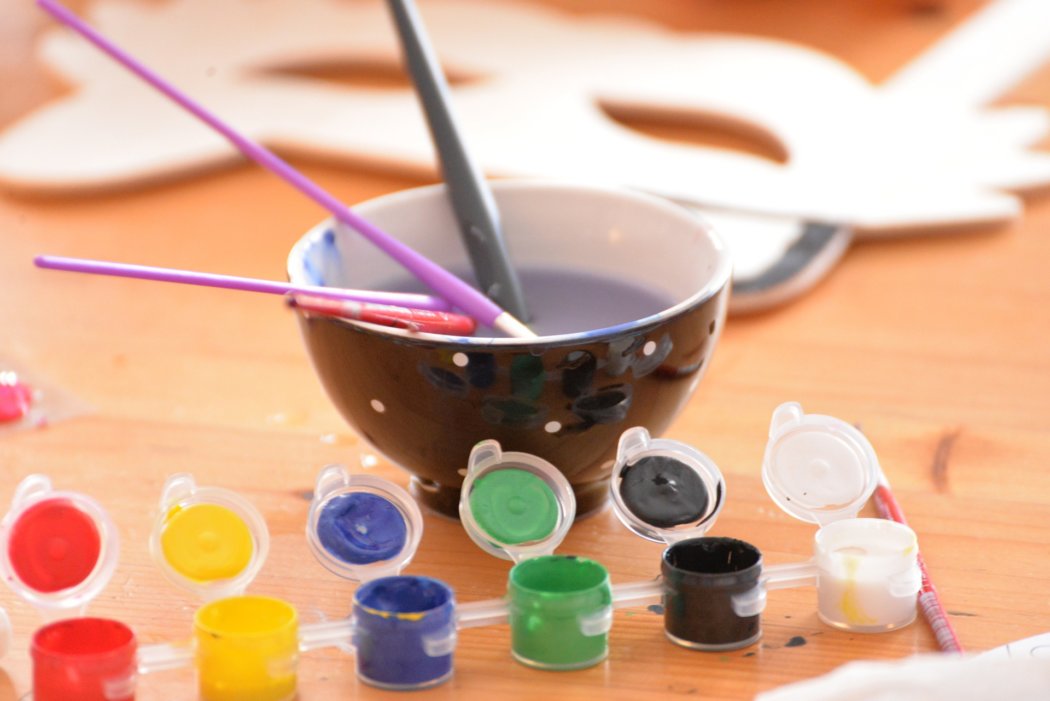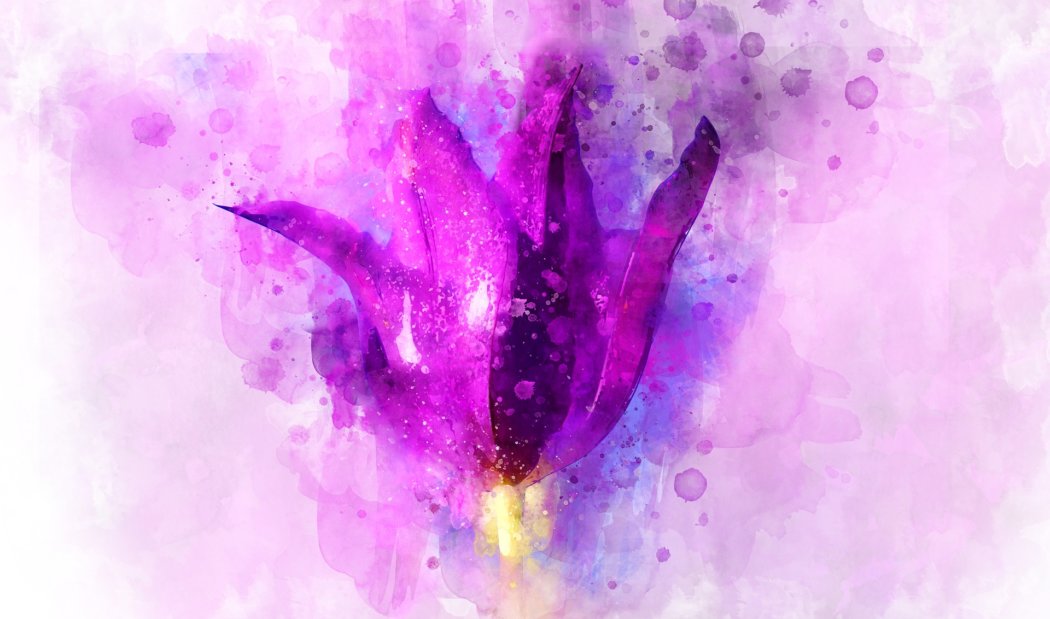The History of Purple Watercolor in Art
Artwork is created not only through the creativity and skills of the artist but also through the expert use of the medium. For watercolor, the imaginative use of its transparency and opaqueness can definitely create a one-of-a-kind piece. Just look at the various masterpieces made by watercolor painters throughout the years.
With their technique and mastery of the material, they were able to create lightfast works that established their legacy.
For this article, we will be talking about purple watercolor and its significance in art history. Ready to dive into the details of purple watercolor and painting? Read on…
The Science Behind Watercolor
Before anything else, it is vital that we know how watercolor works and the science behind it. In essence, watercolor is a type of paint made by combining pigments with other binding ingredients, such as gum arabic or synthetic glycol to make it more compact.
Once water is mixed with the watercolor, the pigment binds itself to the paper or surface. It is normally applied with a brush.
Due to the water-soluble fiber found in watercolors, they do not fully dissolve in water. After the pigment has been brushed onto the paper, vellum, or even fabric, the resulting mark appears quite transparent thanks to the evaporation of water.
History of Watercolor
Although the use and prevalence of watercolors boomed during the mid-1700s, watercolors were used even during the stone age. There have been studies that showed watercolor art being used by Paleolithic men to depict natural occurrences and phenomena.
Some of the first paintings include illustrations of animals and humans, most of which were drawn and painted using charcoal, ochre, and other pigments made into watercolor.
The very same art form also became popular in ancient Egypt, where people used watercolor to supplement their drawings and creations on papyrus.
The same application existed in traditional Chinese art to depict the beauty of China’s natural landscapes.
Meanwhile, in the medieval era, more artists used watercolor, particularly to supplement content and add art to hand-written books.
Later on, the printing press revolutionized the painting game, resulting in artists painting standalone art rather than manually painting the vellum pages of books.
The time span from the mid-18th to mid-19th century, however, was considered the golden age of watercolor, particularly in Britain.
From the use of graphite, charcoal, and ink and later to more colored and vibrant creations, the era saw a shift from landscape drawings to tinted creations with strong, evocative images composed of broad washes and bold brush strokes.
History of Purple Pigments
The color purple was first used as a dye or pigment in Tyre, an ancient Phoenician city located in present-day Lebanon.
Ancient artists used the color Tyrian Purple, which was extracted from a sea snail called Bolinus brandaris, also known as murex. The mucus coming from murex was colored purple, making the snail a rare source of this pigment.
According to Ancient Greek mythology, Heracles (the Greek equivalent of Hercules) was the first to discover the potential of these snails in making purple dye.
Actually, scratch that. It was really Heracles’ dog who discovered that murex mucus created purple dye when he picked one up and drooled purple saliva.
If you remember, purple is the color of royalty and the affluent. This is because in ancient times, creating a small amount of this dye meant extracting the mucus of thousands upon thousands of these snails, making it a rare and expensive commodity.
While naturally sourcing this pigment is expensive, one teenager was able to create a synthetic source of this dye. Chemist William Henry Perkin was 18 years old in 1856 when he was trying to make synthetic quinine, a chemical used to treat malaria.
While doing so in his home laboratory, he accidentally discovered synthetic purple, or what is called “aniline dyestuff.” Today, the color is known as mauve.
Purple Watercolor in Art
If you go to the Art Institute of Chicago, you will see in its collection Charles Demuth’s work called Eggplant and Plums. This masterpiece features a still life painting of, well, eggplants and plums in rich purple watercolor with graphite on ivory woven paper.
It offers a whimsical depiction of the fruits and vegetables complete with shadows emphasized by the watercolor’s transparent effect.
Explore further and you will find John Marin’s Street Scene, an abstract-like painting of Wall Street. It features a wide variety of colors, from yellows and reds to blues and purples.
It features various recognizable buildings such as the Federal Hall and the Trinity Church, which is noticeably purple in color.
Conclusion
Painting using purple watercolor may have been rare in ancient times but it is easily accessible today. So, make sure to experiment with purple watercolors today to create masterpieces to last through the years.
Read Latest Posts

Hi, I'm Anthony Tran! Welcome to my site. I live in Arizona and am obsessed with all things related to building an Online Business and working from home. Learn about my journey here.
Follow Online





